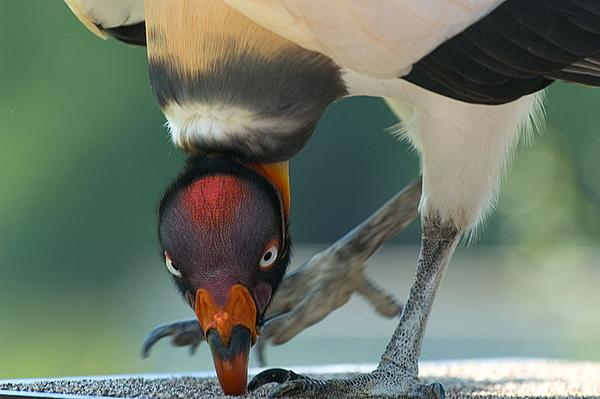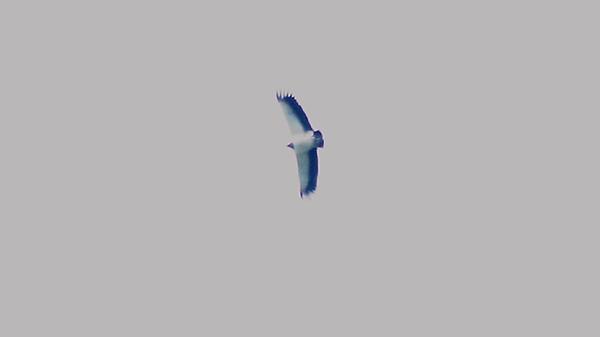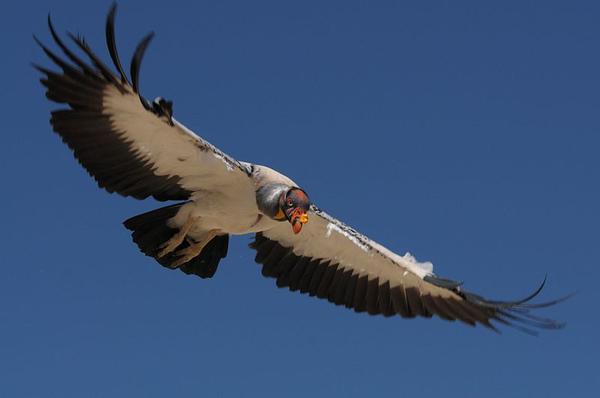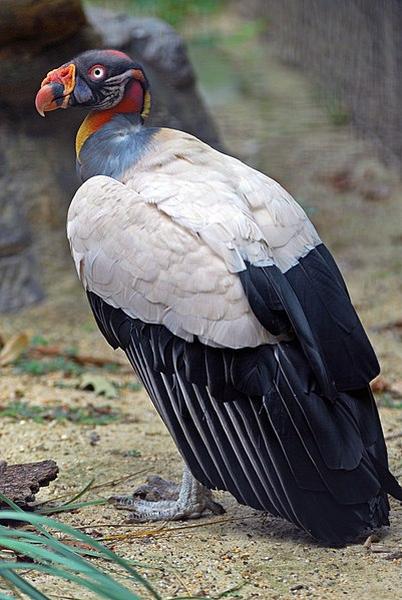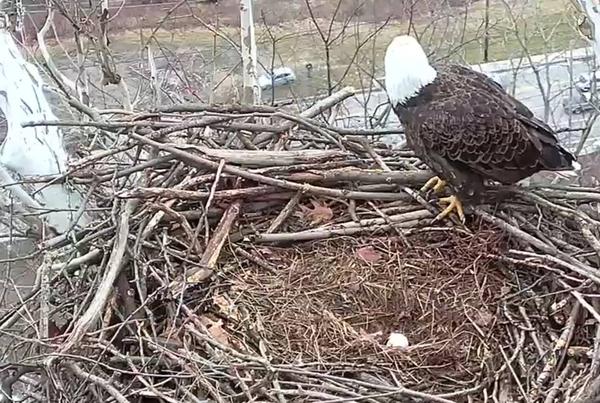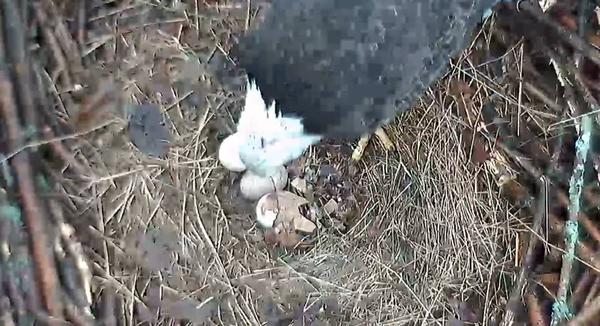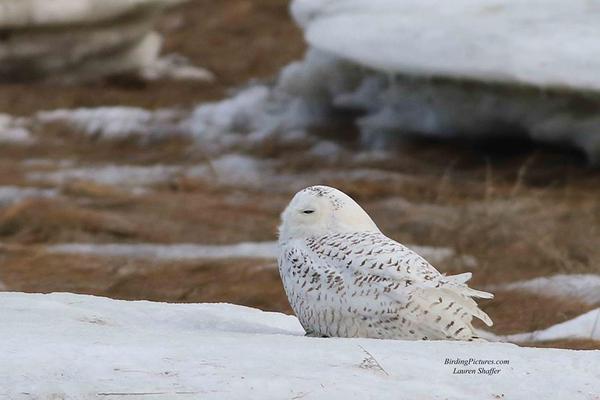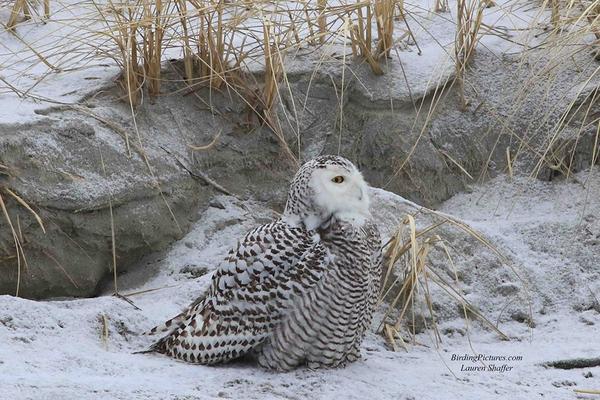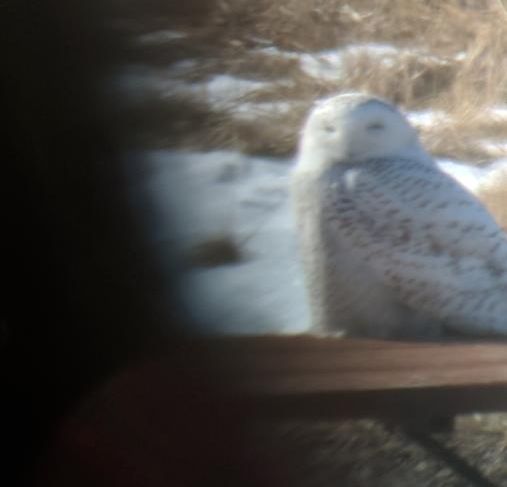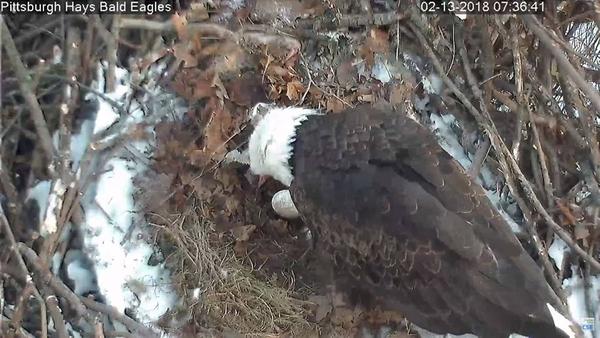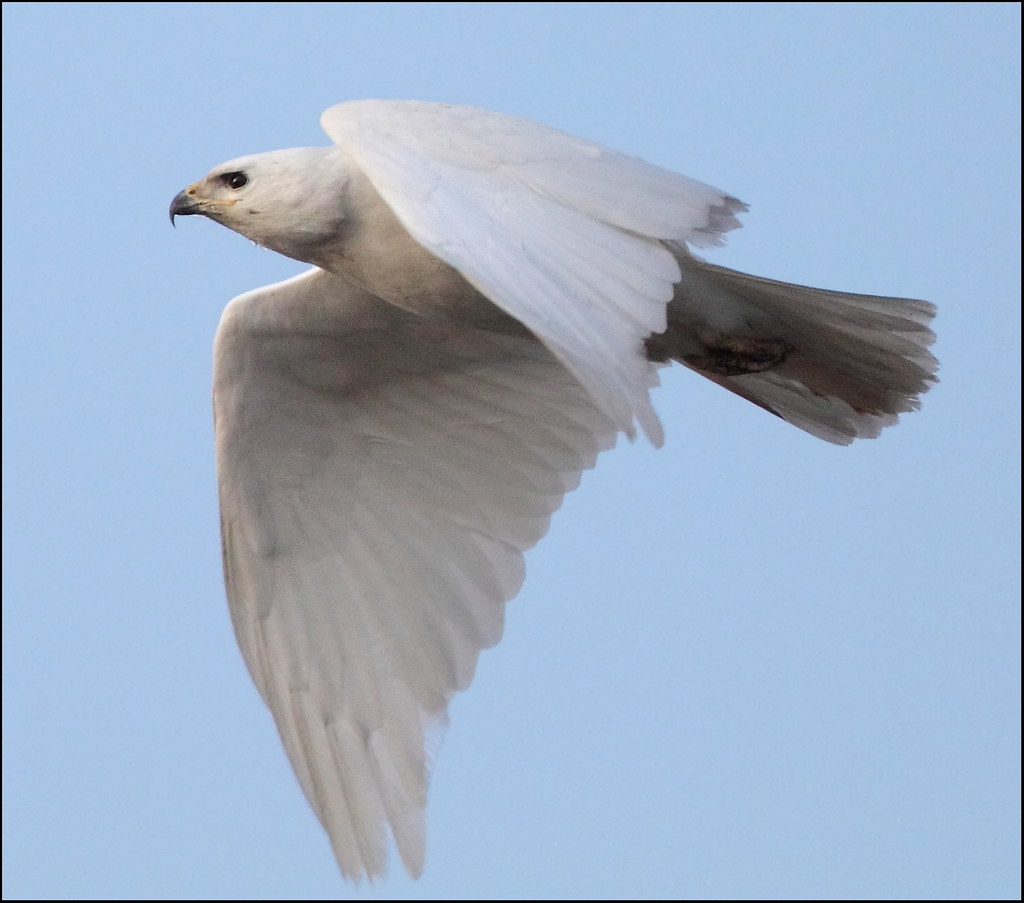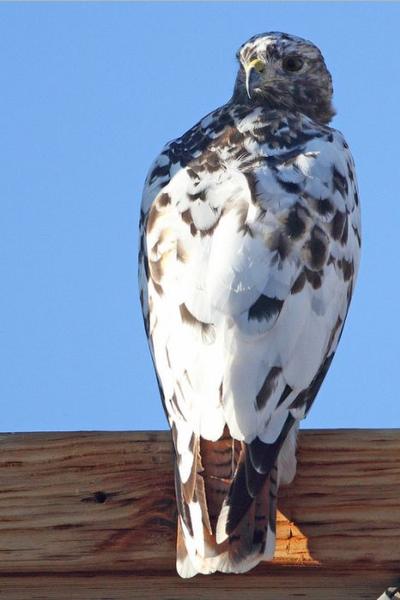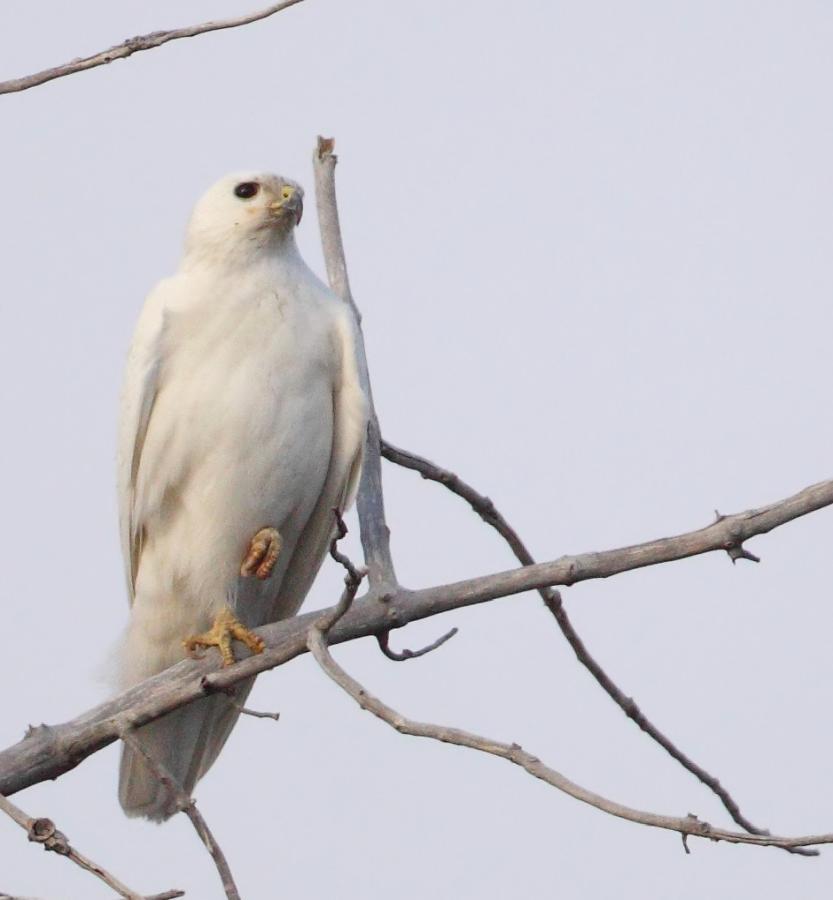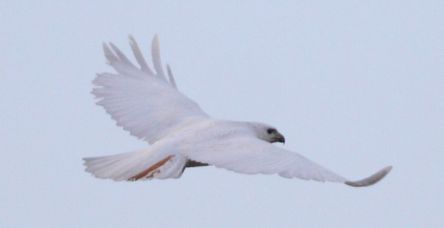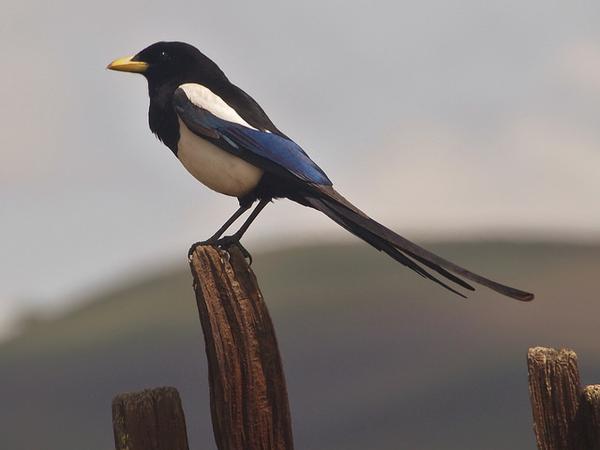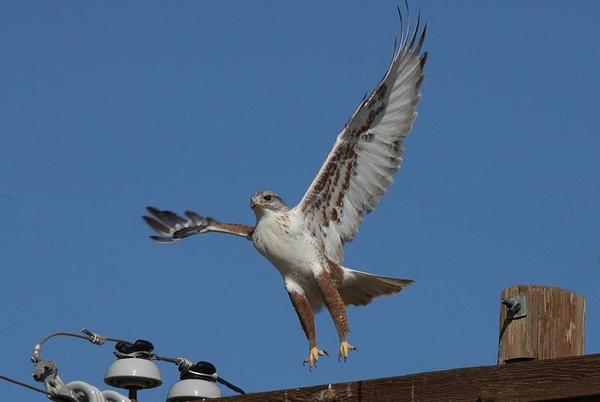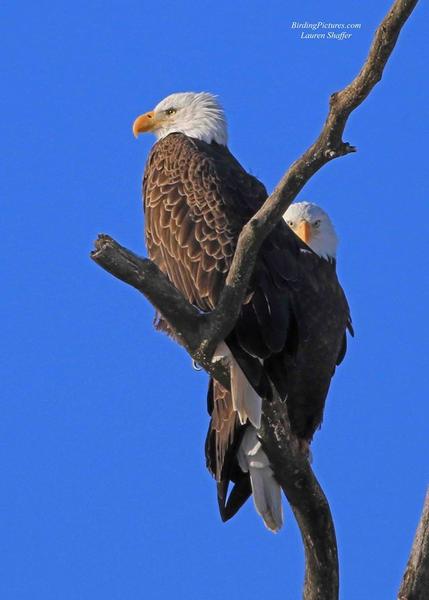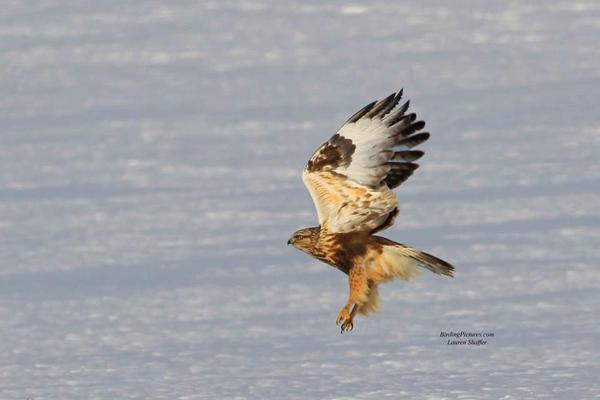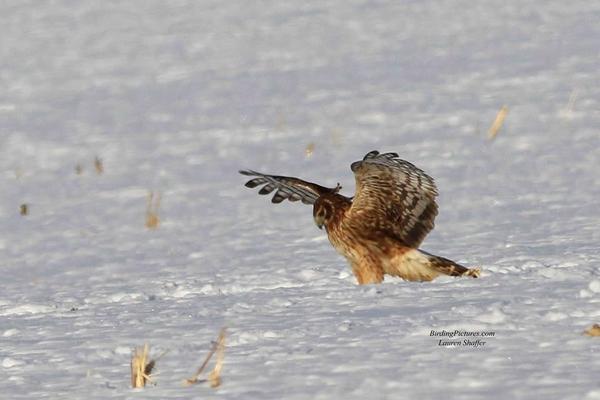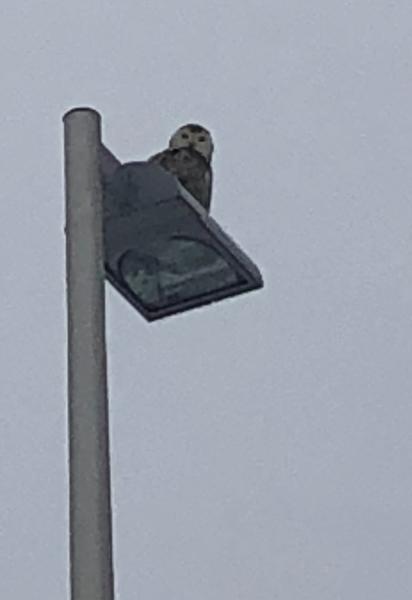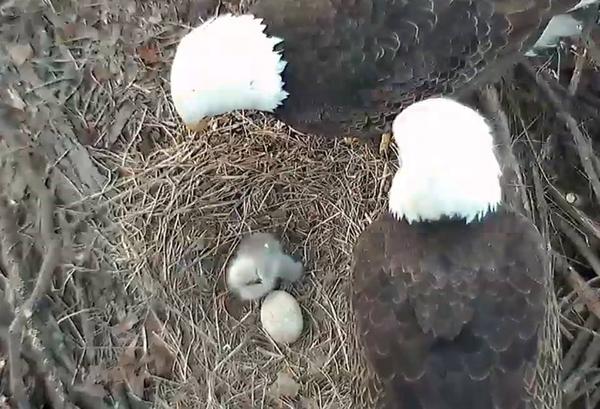
While I was out of the country I missed this year’s first hatching event at the Hays bald eagle nest on March 23.
The video below from Pix Controller’s Facebook page shows the eaglet on March 24. The photo above from ASWP shows the entire family on March 25.
Though the mother eagle laid three eggs in February, she’s expecting only two to hatch. Here’s this year’s history:
- Egg #1 laid on February 13
- Egg #2 laid on February 15
- Egg #3 laid on February 19
- One of the three eggs cracked. It was not viable and was removed by the parents.
- Hatch #1: March 23
- Hatch #2: … UPDATE on MARCH 31: the egg is not viable and will not hatch
When will the second egg hatch? If the timing of first hatch works for the second one, the last egg will hatch between March 25 (if the remaining egg is Egg #2) and March 29 (if it’s Egg #3). But my math could be wrong.
For more eagle baby pictures and videos visit the Audubon Society of Western PA’s Pittsburgh Eagles Facebook page. You don’t have to be a Facebook member to see them.
Meanwhile, Hatch Watch continues. Click here to see the live feed at ASWP.
(photo of the Hays bald eagle family from the Audubon Society of Western PA’s Pittsburgh Eagles Facebook page; video from Pix Controller Facebook page)
